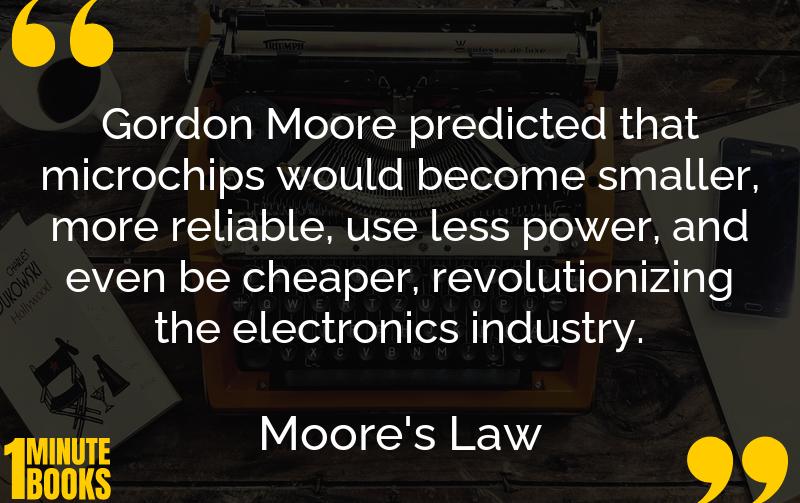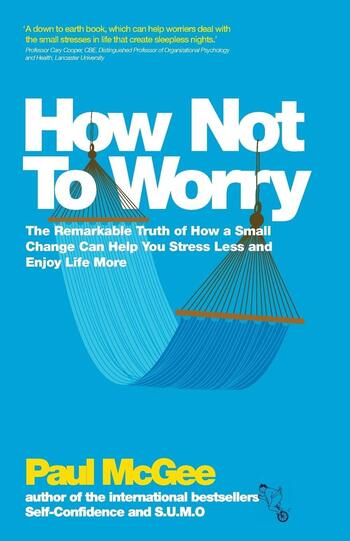
Moore’s Law chronicles Gordon Moore’s life, his groundbreaking predictions, and his impact on the electronics industry, leading to more powerful and affordable technologies.
Main Lessons
- Gordon Moore was a visionary who foresaw the drastic reduction in costs and size of electronic components.
- Moore co-founded Fairchild Semiconductor, pivotal in advancing silicon technology.
- His observation, known as Moore’s Law, predicted the exponential growth in transistor density on microchips.
- Fairchild Semiconductor and later Intel, founded by Moore, spearheaded innovations in microchips and microprocessors.
- Silicon transistors replaced vacuum tubes, making electronics lighter and more efficient.
- The 386 microprocessor represented a leap in computing power in the 1980s.
- Moore’s predictions have fundamentally shaped modern computing and electronics industries.
- Early life and education were foundational experiences that drove Moore’s passion for technology.
- Collaboration with other pioneers like Bob Noyce was crucial in Moore’s journey.
- Despite skepticism, Moore’s Law held true for decades, driving continuous innovation in technology.
- Moore’s legacy includes not just technological advancement but also strides in philanthropy.
- The story of Moore illustrates the intersection of technical expertise and visionary thinking in shaping industries.
- Future challenges await as Moore’s Law approaches its theoretical limits, urging new innovations.








